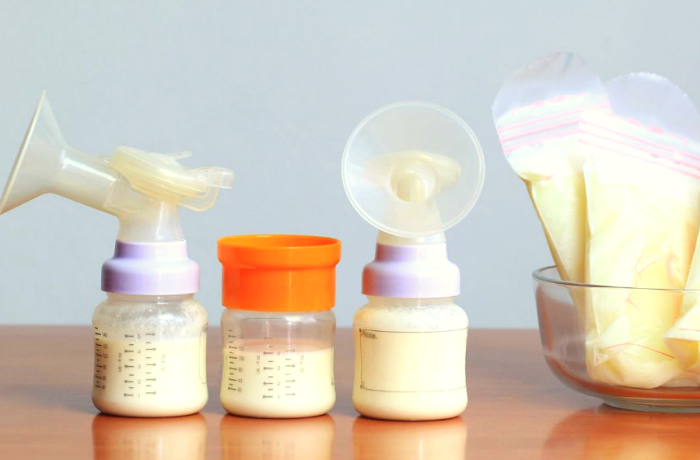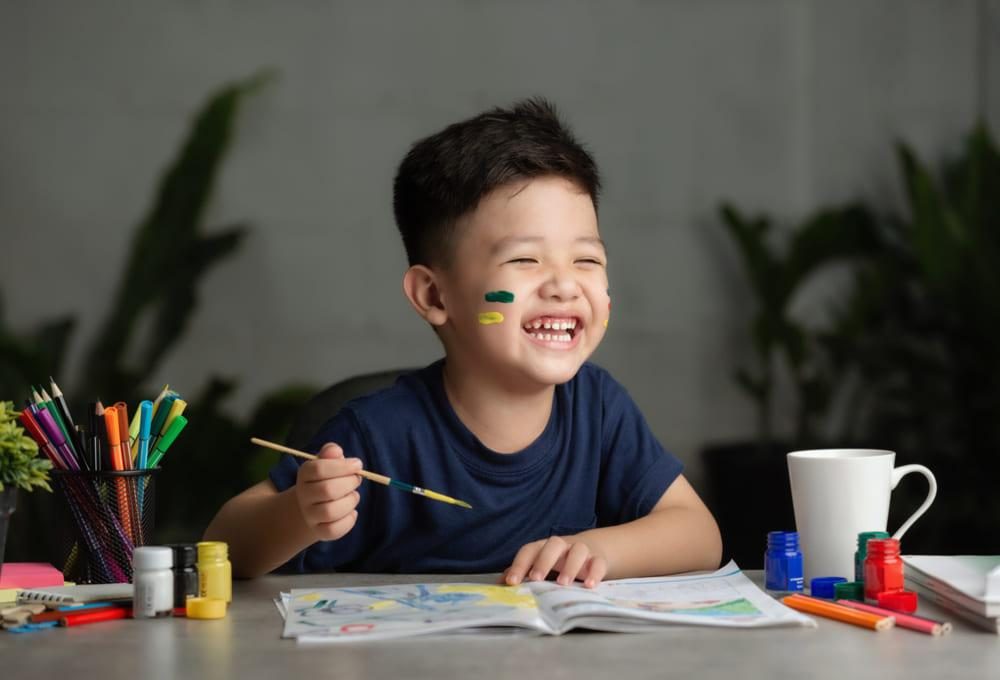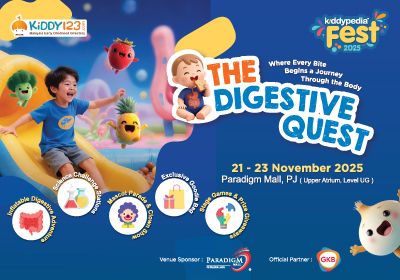Singapore’s Approach on Learning Mathematics
by on 03/06/2015 ...
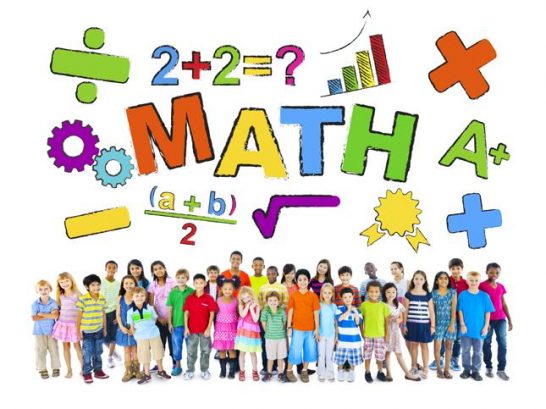
Some love mathematics, and some hate it!
Generally many possess the desire to excel in mathematics, but don’t know how. Too much emphasis on memorization, computation, procedural, calculation and dull counting are just some of excuses that people will tell you why mathematics is so boring.
Since the 1980s, Singapore’s Ministry of Education (MOE) managed to transform their mathematics curriculum with the objectives of making mathematics relevant with a more practical approach to mathematics. Conceptual understanding, relating (mathematics) to real world, mathematical reasoning and eventually, developing the ability in mathematical problem solving, coupled with more fun learning are just some of the key changes made to the curriculum by the Singapore MOE to make Singapore mathematics relevant to the students with their simple and effective approach.
With Singapore mathematics, students are expected to achieve both i.e. to love and excel in mathematics.
History and worldwide recognition for Singapore Mathematics
Singapore Mathematics does not need to be defined, but for professionalism’s sake, Singapore Mathematics is a teaching method based on the syllabus from the National Curriculum from Singapore, developed by the Ministry Education of Singapore.
There is nothing particularly special about it. But why then is it more reputable, well known and given more recognition than Mathematics curriculum in other countries?
Looking at its history is inevitable, and therefore the history of Singapore Mathematics needs to be explored. In the 80s, Singapore’s education ministry introduced changes in the teaching methodologies, learning approaches and assessment modes of primary school mathematics, from traditional rote learning approach. One of its aims is to “teach our young to think creatively and apply knowledge innovatively” so as to “meet our objective of developing creative independent learners”. That Singapore Mathematics curriculum became known as the 2001 Singapore Primary Maths curriculum.
Singapore mathematics started to gain world recognition when Singapore ranked first in mathematics in the Trends in International Mathematics and Science Study (TIMSS) in 1995, 1999, 2003 and 2011. In latest PISA (Programme for International Student Assessment) 2012 study, Singapore was ranked second, behind Shanghai city, China. The above two rankings are prestigious and recognized worldwide. As more and more people around the world became fascinated with the astounding success of Singapore students in mathematics, they began referring to Singapore’s mathematics curriculum as simply Singapore Maths.
Application of simple and effective approach
Singapore Maths have a consistent and strong emphasis on problem solving, visualization and model drawing, with a focus on in-depth understanding of the essential mathematics skills.
For example, in understanding multiplication, students are taught to be more focused on the concept of “Grouping Equally” instead of memorising multiplication tables as students in most other countries will do during their early primary education. Singapore curriculum, or more precisely, Singapore maths, teaches various methodologies, aims to aid students in developing a strong sense of mathematical problem solving abilities and emphasise on conceptual understanding, skill proficiencies and thinking skills in learning mathematics. Each topic is specially constructed and repeated from level to level with increasing difficulties. This ensures that students can consolidate the concepts and skills learned before developing them further.
In developing word problems in students’ worksheets, questions are constructed in a more indirect way to enable flexibility in thinking and approach to solve a mathematical problem.
For example, instead of asking direct question like “There are 80 students in a class, 3 eighths (3/8) are girls, how many are boys?” In a typical widely known Singapore Maths word problems question, students are being asked indirect questions like for example “In a class, 3 eighths are girls. There are 30 girls, how many are boys?” For teacher, it is always easy to explain and mark the direct question in examination but, may not be too easy for indirect question like those in Singapore maths.
Bar Modelling Technique and Communication
Another reason why Singapore outperform many other countries in mathematics is also because students are taught how to use a simple and unique modelling technique approach to problem solving.
The modelling technique is an alternative way to solve mathematics problems that can astound even an adult. With this technique, primary students can even solve questions meant for secondary students where such as questions require algebra skills to solve. Instead of constructing a complicated formula or equation for the problem, students instead translate the problem into basic blocks, enabling them to not only visualizing the problem, but also understanding it.
Most importantly, you can explain the working to primary kids without going into complex algebra explanation (furthermore, algebra will not be taught until secondary school). Some may argue that it is unimportant as the students are going to learn it anyways in secondary level, but the modelling technique is not only limited to algebra-type questions and it is an important skill to assist students in further maths problems.
Another good example for this type of question is like “Jack spent one fourth (¼) of his money to buy books, and one sixth (⅙) of his remaining to buy food. He then has $55 left. How much did Jack pay for his books?”
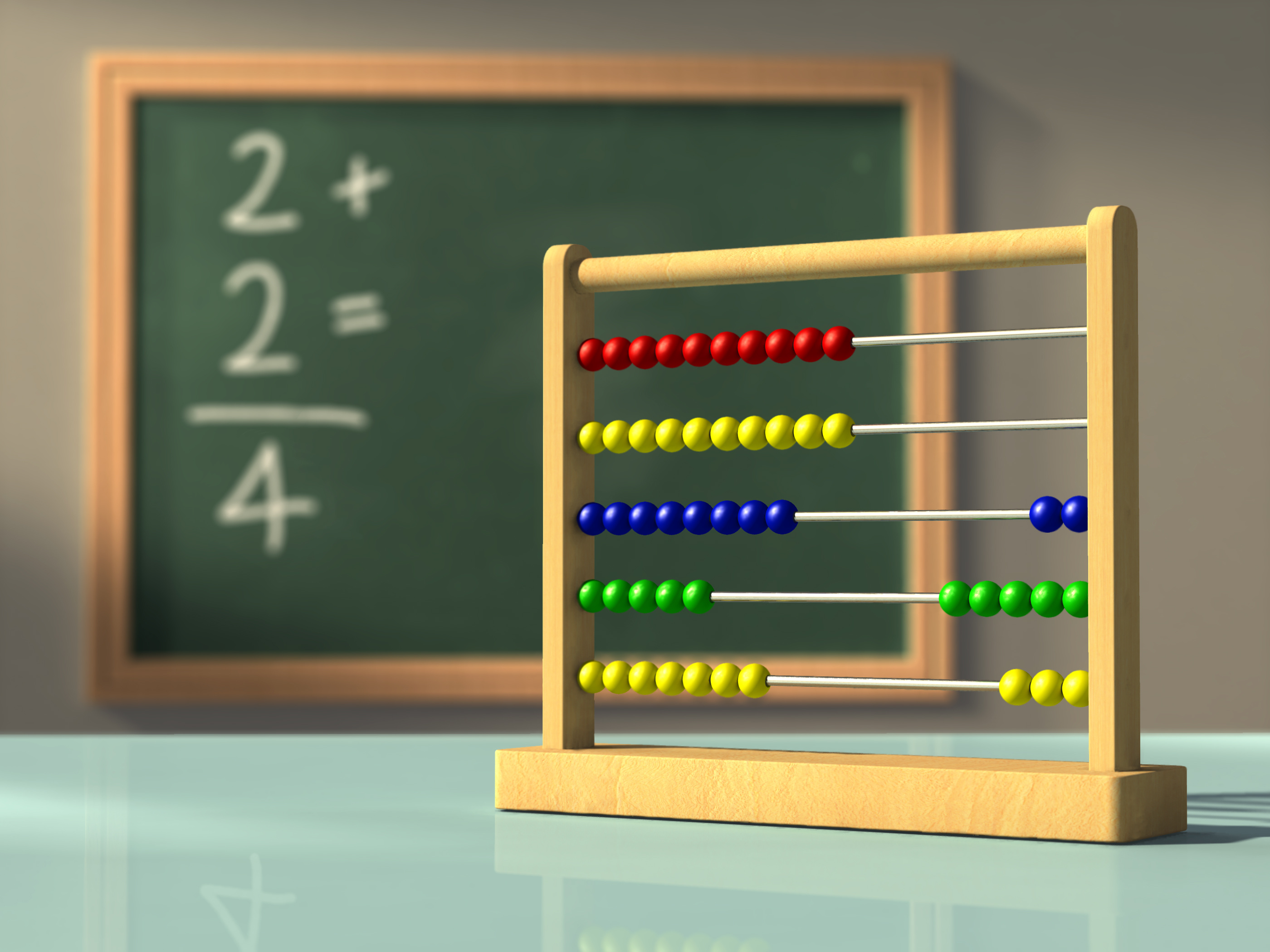
To develop a strong modelling technique skill, Singapore maths adopted Concrete-Pictorial-Abstract (CPA) approach, where students are provided with the necessary learning experiences and meaningful contexts that will enable them to fully visualize and understand math problems by using physical objects, such as mathematics manipulative tools. This will bring students closer to maths as they will come to see the importance of maths in every day life and students will begin to look at it in a different light, not anymore like a compulsory subject in school that brought them hours of agonising pain.
Comparing this with a typical mathematics teaching methodologies currently applied in many schools, as probably many are aware, is not the best, nor is it even close to good . The common approach generally focuses on handling problems with a close-mind and limited angle, which practically means that when the student‘s workings to an answer does not following the expected narrow steps taught in class, the students get a big fat ‘X’.
But this rule however, does not apply to Singapore Maths, who adopted heuristic approach, where students are recognised and rewarded for their ingenuity and creativity if they can come up with any solutions they desire, as long as they explain it and the reader understand it. This is important because Singapore Math focuses on the processes in which the students obtain the answer, where conceptual understanding at an early stage is important.
Another very important approach in Singapore Maths is also to train the students in their ability to “communicate” their workings when answering the question, which is essential in today education where it is shocking to know that many graduates lack communication skills. However, for Singapore mathematics teacher, this will mean extra effort and even more challenge for them to read, understand and mark problem solving questions in Singapore examination papers.
In Singapore Maths, problem solving is more important than just having the ability to perform quick symbolic operations such as mere addition, subtraction, multiplication and division.
It provided more emphasis to test students’ ability to provide logical & appropriate working steps to the answer. Unfortunately, local parents on the other hand, tend to put too much emphasis on how their kids can calculate complex operation within seconds or minutes. Hence, mathematics program that focusing on “short-cut” ways for calculation are still very popular and widely accepted in Malaysia. Parents are always impressed with kids that can add list of numbers within seconds. With Singapore Maths, students must of course have the basic in calculation, but it is unlikely that chapters will be spent on just focusing on how fast a student to solve these numeric operations.
Well, that’s Singapore Maths in a nutshell. In actual fact, mathematics is mathematics, no matter where you learn it from. Number sense, place value, calculations, operations, word problems, problem solving, visualization, relationships – these are all familiar parts of mathematics. Singapore Maths just provides us with a better and effective methodologies and approach to master mathematics.
By: Gan Choon Keong,
Seriously Addictive Mathematics (S.A.M) Managing Director.
Mr. Gan hold a Bachelor’s degree in Actuarial Science from National University of Malaysia. Before joining S.A.M, he was the Managing Director for Kodak Southeast Asia operations, and Business Development Director for Asia Pacific operation for Eastman Kodak Company’s Graphics Communications Group.
——————————————————————
Seriously Addictive Mathematics (S.A.M) – SAM is an award winning Maths program based on the Singapore Maths syllabus, suitable for children from 4 to 12 years of age. The program is delivered through a combination of Worksheets learning as well as Classroom learning. Students learn Singapore Maths at their own pace, according to their own ability. The unique program is rapidly gaining popularity with parents in Singapore as well as in other countries like Malaysia, Thailand, India and the United States.
S.A.M has centers around Malaysia (Klang Valley) Bandar Utama, Aman Suria, Ara Damansara, Bandar Baru Klang, Bukit Jelutong, Cheras Bukit Segar, Kepong Sri Bintang, Kota Damansara, Kota Kemuning, Mahkota Cheras, Mont Kiara, Puchong Jaya, Setia Alam, SS2 PJ, Subang USJ (Negeri Sembilan) Seremban 2 (Perak) Ipoh, Teluk Intan (Penang) Bukit Mertajam, Bayan Lepas.
For more details and further information, call 03 7733 MATH (6284) or 012 3833 218 or email your enquiries to enquiry@seriouslyaddictivemaths.com.my. You can also visit Seriously Addicitive Mathematics (S.A.M) on Facebook today!






















